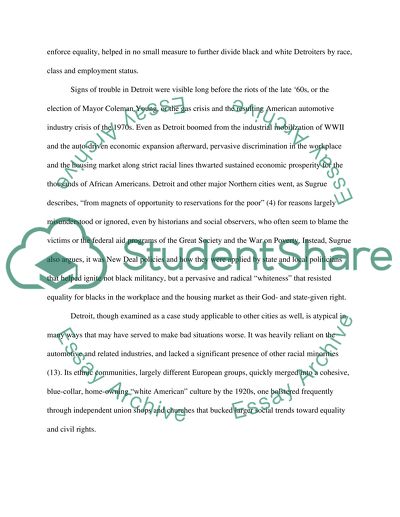Cite this document
(“Sociology of community Race and Inequality in Postwar Detroit Essay”, n.d.)
Sociology of community Race and Inequality in Postwar Detroit Essay. Retrieved from https://studentshare.org/miscellaneous/1504778-sociology-of-community-race-and-inequality-in-postwar-detroit
Sociology of community Race and Inequality in Postwar Detroit Essay. Retrieved from https://studentshare.org/miscellaneous/1504778-sociology-of-community-race-and-inequality-in-postwar-detroit
(Sociology of Community Race and Inequality in Postwar Detroit Essay)
Sociology of Community Race and Inequality in Postwar Detroit Essay. https://studentshare.org/miscellaneous/1504778-sociology-of-community-race-and-inequality-in-postwar-detroit.
Sociology of Community Race and Inequality in Postwar Detroit Essay. https://studentshare.org/miscellaneous/1504778-sociology-of-community-race-and-inequality-in-postwar-detroit.
“Sociology of Community Race and Inequality in Postwar Detroit Essay”, n.d. https://studentshare.org/miscellaneous/1504778-sociology-of-community-race-and-inequality-in-postwar-detroit.


